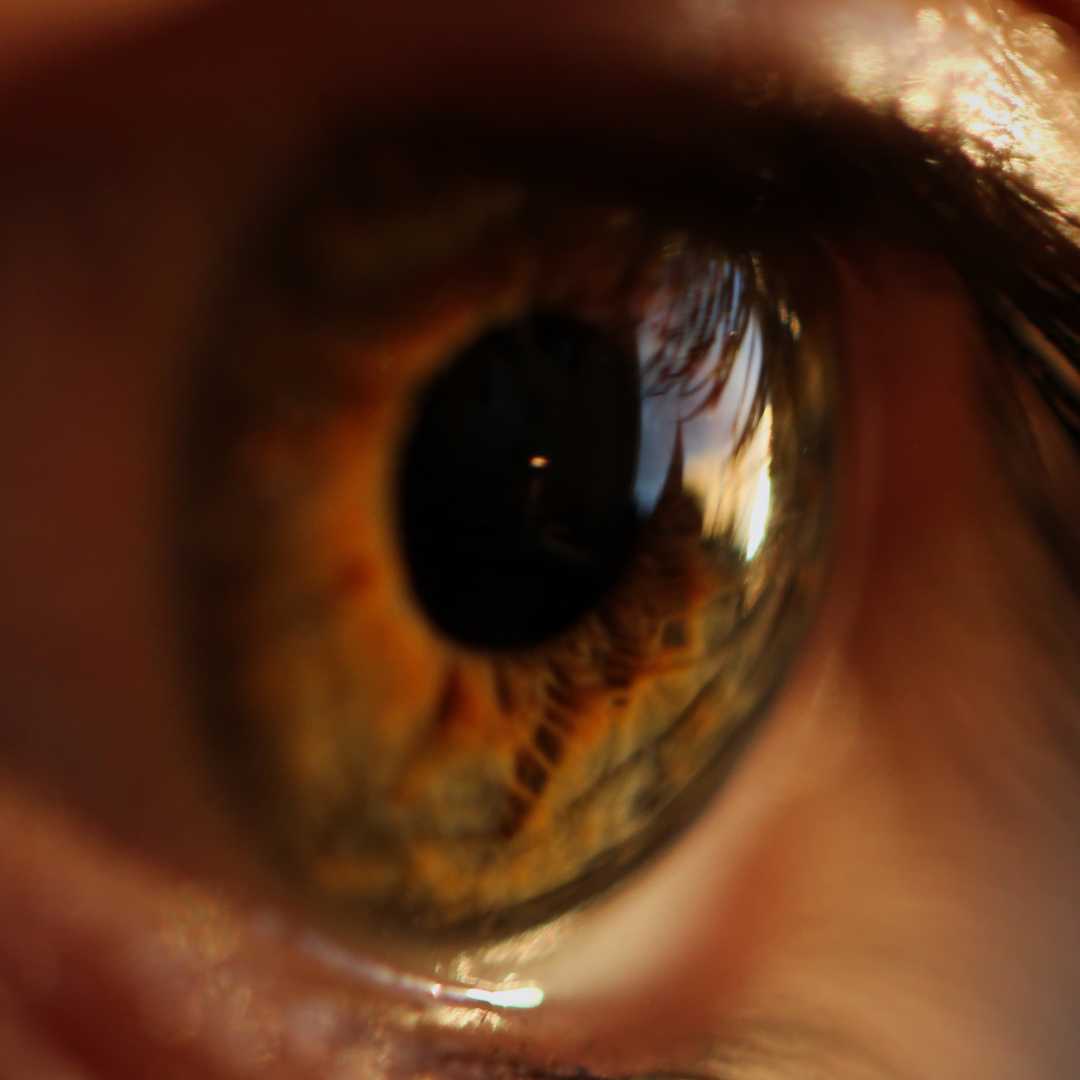Effective Intracorneal Rings Surgery in Panama
The Intracorneal Rings are a solution for patients with Keratoconus to avoid the cornea transplant
The cornea is a transparent structure that covers the front of the eye and allows light entering the eye. Any alteration in that window that produces a spot or irregularity generates a bad image, so that translates into a bad vision. Keratoconus is a rare eye condition in which the shape of the cornea is distorted, its center becomes thinner and weakens slowly taking the shape of a cone, producing a patchy image on the retina and therefore blurred vision. Sometimes the cornea is so thin that you can get inflammation and suddenly it could fill with water (called Hydrops). It may also form wrinkles and scars, which lead the patient to the need of a cornea transplant.
Why the Keratoconus produces bad vision? There are two reasons:
-
Due to distortion of the cornea. Looking through the deformed cornea is like taking pictures with a camera whose lens has a surface generating an irregular astigmatism.
-
Due to inflammation or scarring of the cornea. Browse through an inflamed or scarred cornea is like shooting with a camera lens dirty or opaque. The picture or vision is blurred.
Keratoconus occurs between 50 to 230 people per 100,000 population, and has been found in all races and both sexes, but most frequently it affects women. It occurs more commonly in patients with Down Syndrome or congenital amaurosis (a rare form of blindness at birth). Very often the patient has a history of suffering from eye allergies and these are patients who rub their eyes constantly.
What are the symptoms of Keratoconus?
Signs usually start at puberty and progresses in the next 10 to 20 years. The earliest symptoms include reduced vision and worsening of myopia. Sometimes Keratoconus is diagnosed with sudden inflammation.
What causes Keratoconus?
The cause is unknown. Is often very sporadic, which means that only a family member could have Keratoconus. Nearly 7 percent of all cases are inherited Keratoconus. If one member of your family has Keratoconus, the chances that another blood related relative has the disease, are less than 1 in 10.
How is Keratoconus diagnosed?
Keratoconus is usually discovered when the patient seeks an ophthalmologist because of decreased vision. The diagnosis can be made only through eye exams by an ophthalmologist and is usually found when making a corneal topography.
Treatment of Keratoconus
Basically, it is important to start with rigid contact lenses, as they due to their rigidness re-shape the cornea to its regular shape. Yet many patients can not tolerate the use of contact lenses, either by allergies or simply because the cornea is so curved, that the contact lenses fall off. It is important to note that until a few years ago, patients who were diagnosed with these symptoms went directly for cornea transplant. In the case of patients where their cornea is so stretched that has white spots, they are candidates to go directly to the replacement of their cornea, since through the stains they can not see, and must undergo a cornea transplant. However, patients who have no stains on their corneas can avoid transplant and stay with their own corneas, using intracorneal rings.
The rings are two methacrylate rings, with the shape of two semicircles, with a variable thickness as required by the patient. The surgeon places them inside the peripheral zone (isolated from the outside), away from the center of the eye, to avoid the central visual field.
Their function is that once implanted, and thanks to a mechanical effect, they flatten the central cornea and produce an effect that regularizes the cornea. They remain motionless, invisible to the naked eye, because they are transparent as the corneal tissue in which they are placed. They help in giving the cornea their normal shape and also support in preventing stretching and the progression of the Keratoconus.
Its composition is methacrylate, a very stable and highly biocompatible (does not generate any reaction in the eye) material. Also, it is used in intraocular lenses for cataracts, which has proven not to be altered or to get dirty during the lifetime of the patient. So, it is natural that the rings are always inside the eyes, but if for some reason must be removed, a specialized surgeon can easily do it, because it's a reversible procedure.
The procedure to insert them is entirely ambulatory or outpatient. Local anesthesia is used, with drops, and is very fast. It usually takes 10 to 15 minutes, and the patient can begin working the next day, using appropriate medications. Many patients eventually are left without using glasses, and some use soft contact lenses or eyeglasses, according to their taste.
The creation of the Intracorneal Rings has been a breakthrough for ophthalmology, as cornea transplant surgeries are delicate as to their implementation and monitoring, to avoid transplant rejection. By using the intracorneal rings, if the patient is properly selected, avoids the risks involved in transplantation and at the same time, offers the patient the possibilities of preventing the continued thinning of the cornea, through a very simple procedure.
Benefits of intracorneal rings surgery
-
It is a rapid method, as the intervention lasts 15 minutes.
-
Anesthesia is topical, with drops.
-
You do not need to cover the eyes, so it's recommended you get both eyes treated the same time.
-
The rings are transparent and concentrate the central optical zone of the cornea.
-
They're adjustable and can be exchanged for other rings of different thicknesses.
-
They're additive, since the rings are added, and there is no removal of tissue, and therefore do not suffer the risks involved.
-
It is a reversible surgery, so if by any reason they should be removed, the situation is identical to how it was initially.
-
It can be used to correct high myopia.
-
The security level that it presents is high.
-
It's been used since 1990, in patients all around the world.
-
It was approved by the Health Committee of the United States (FDA) in 1999.
-
It has the EC mark, for its use in Europe.
Please Click here to request more information from Ageless Wonders Panama.







.png)





Share this listing